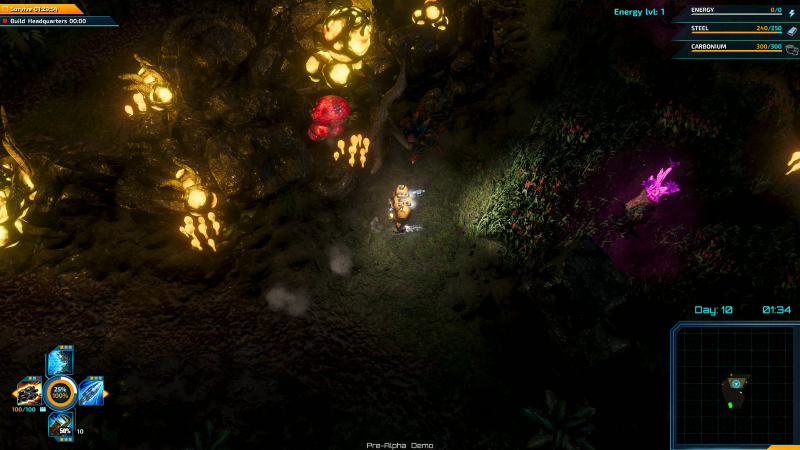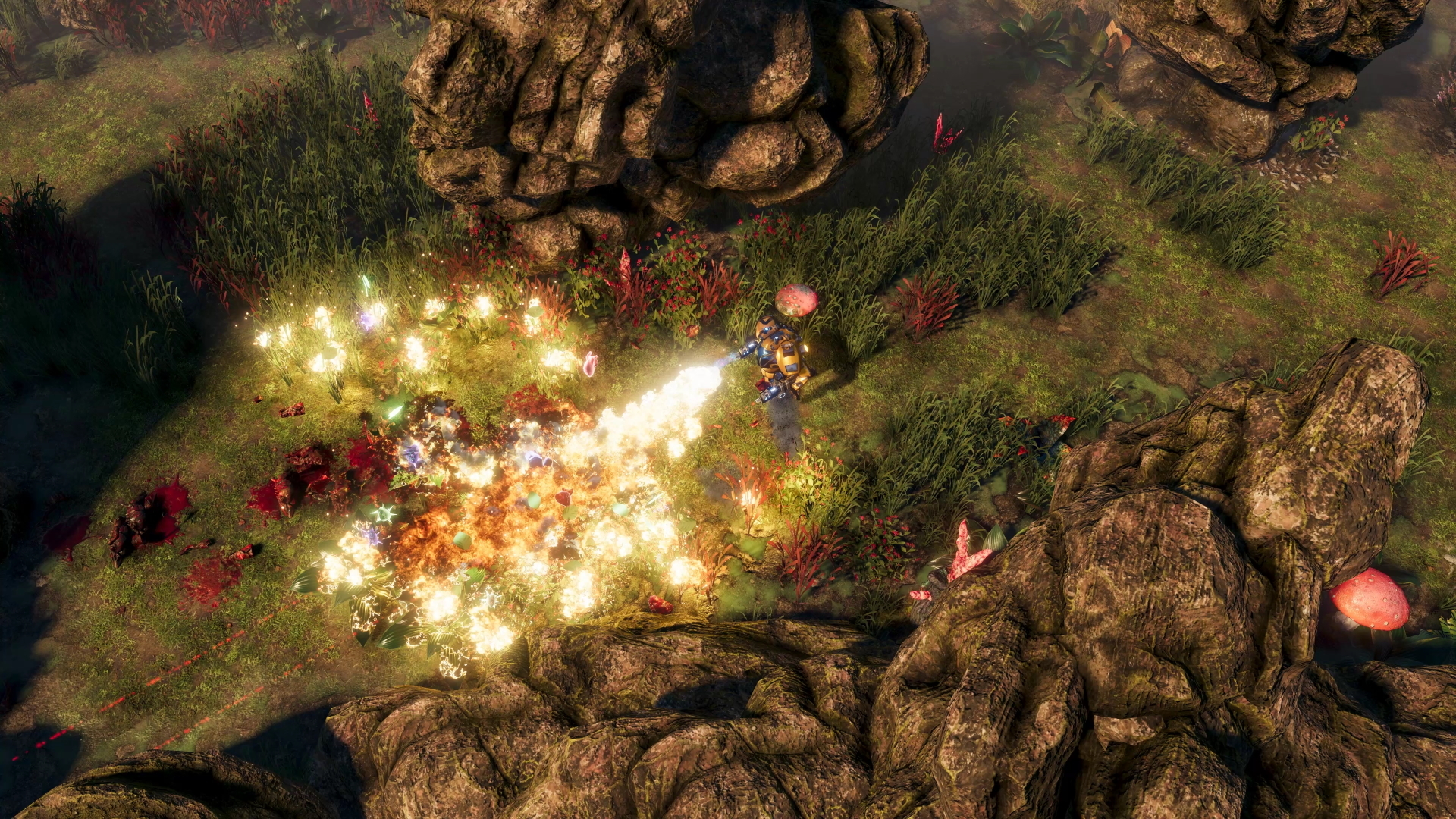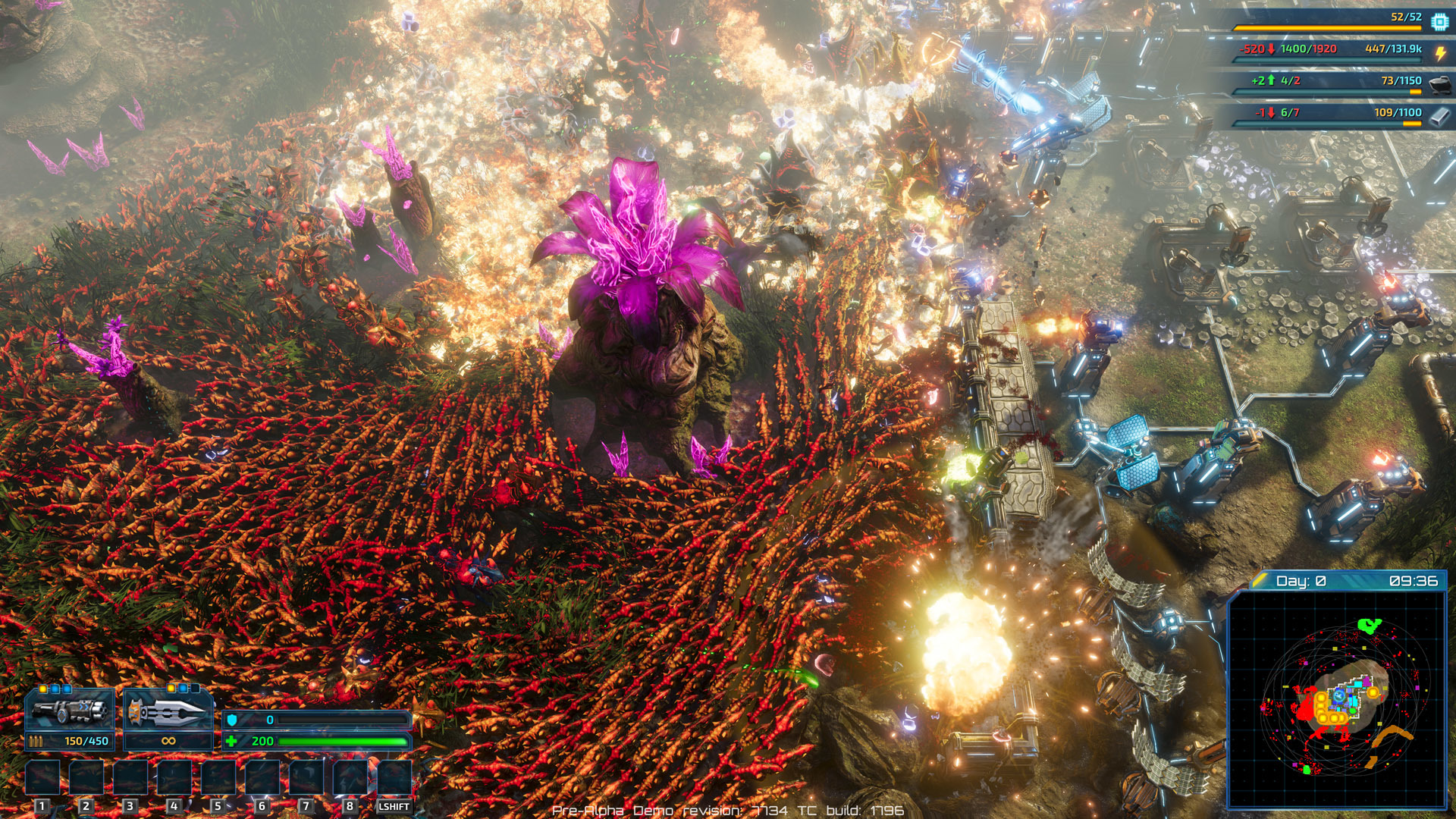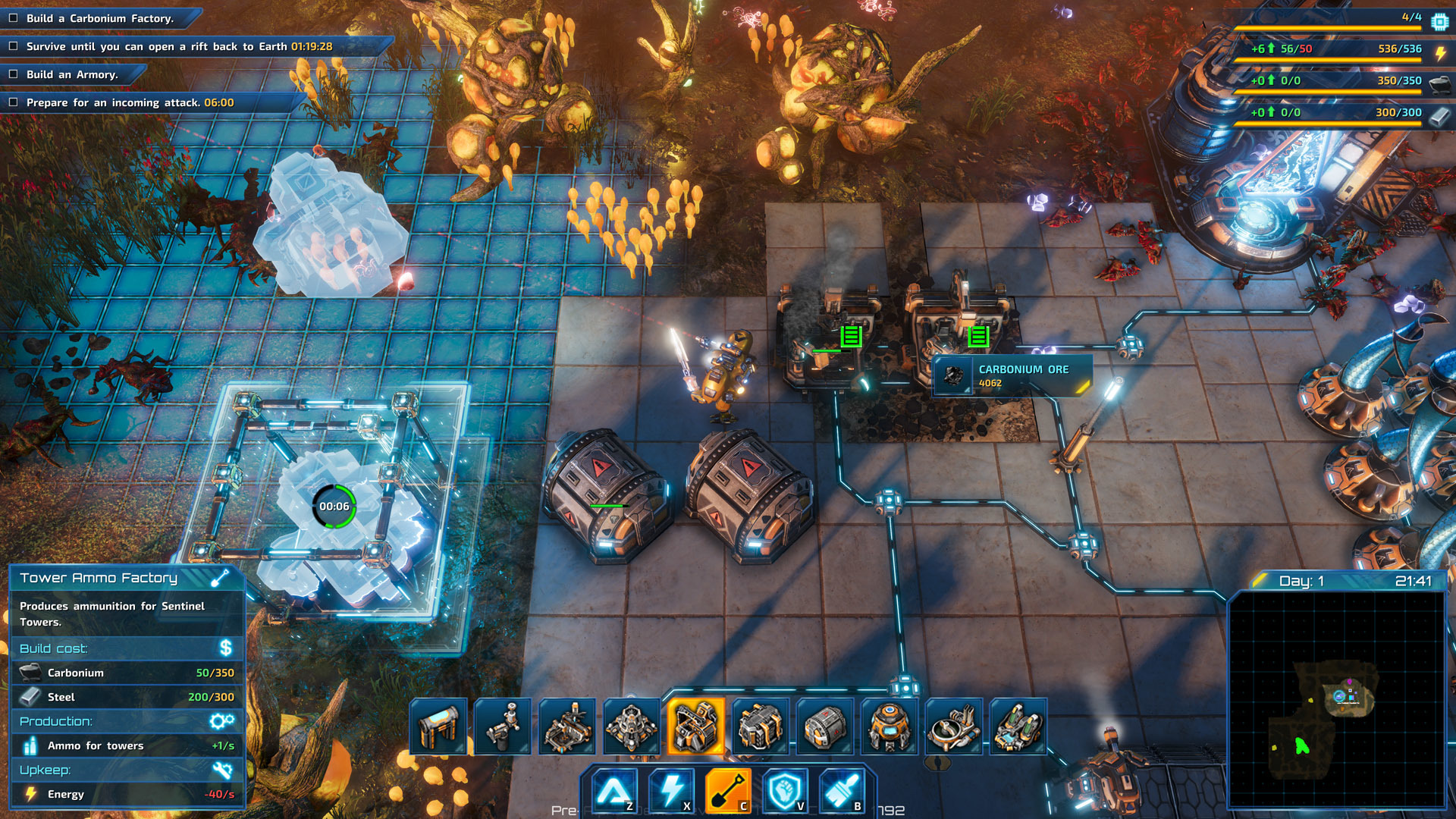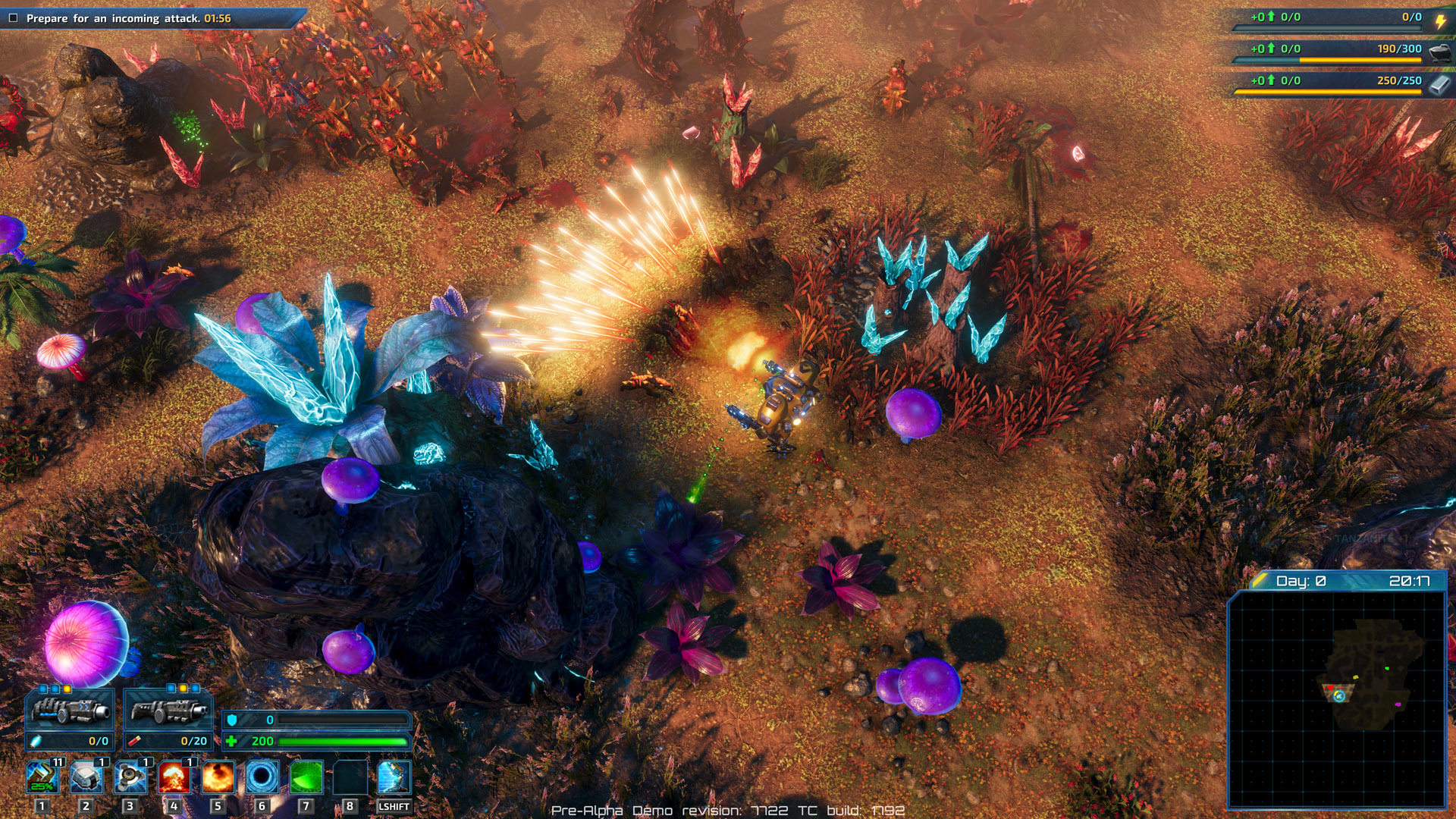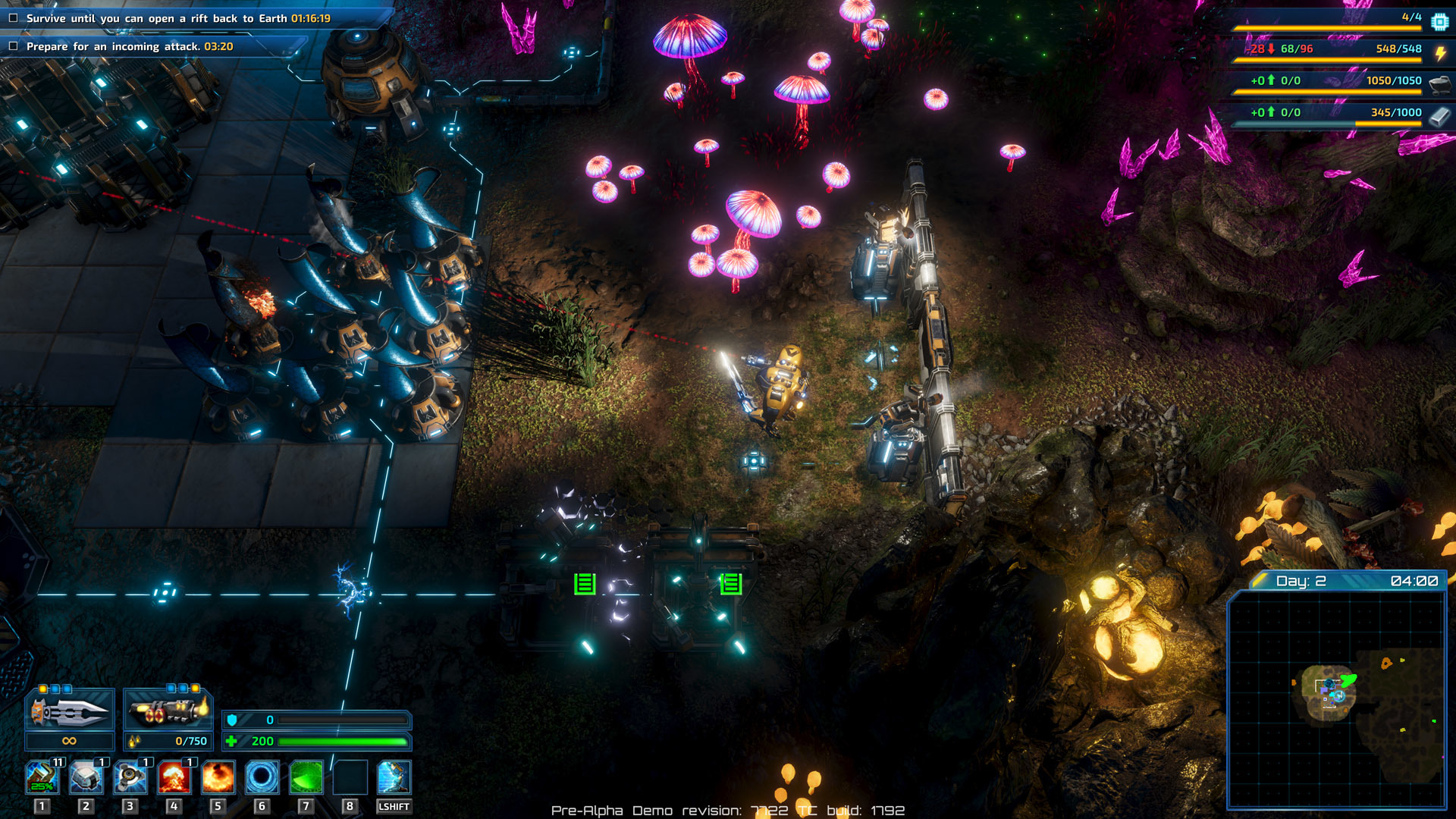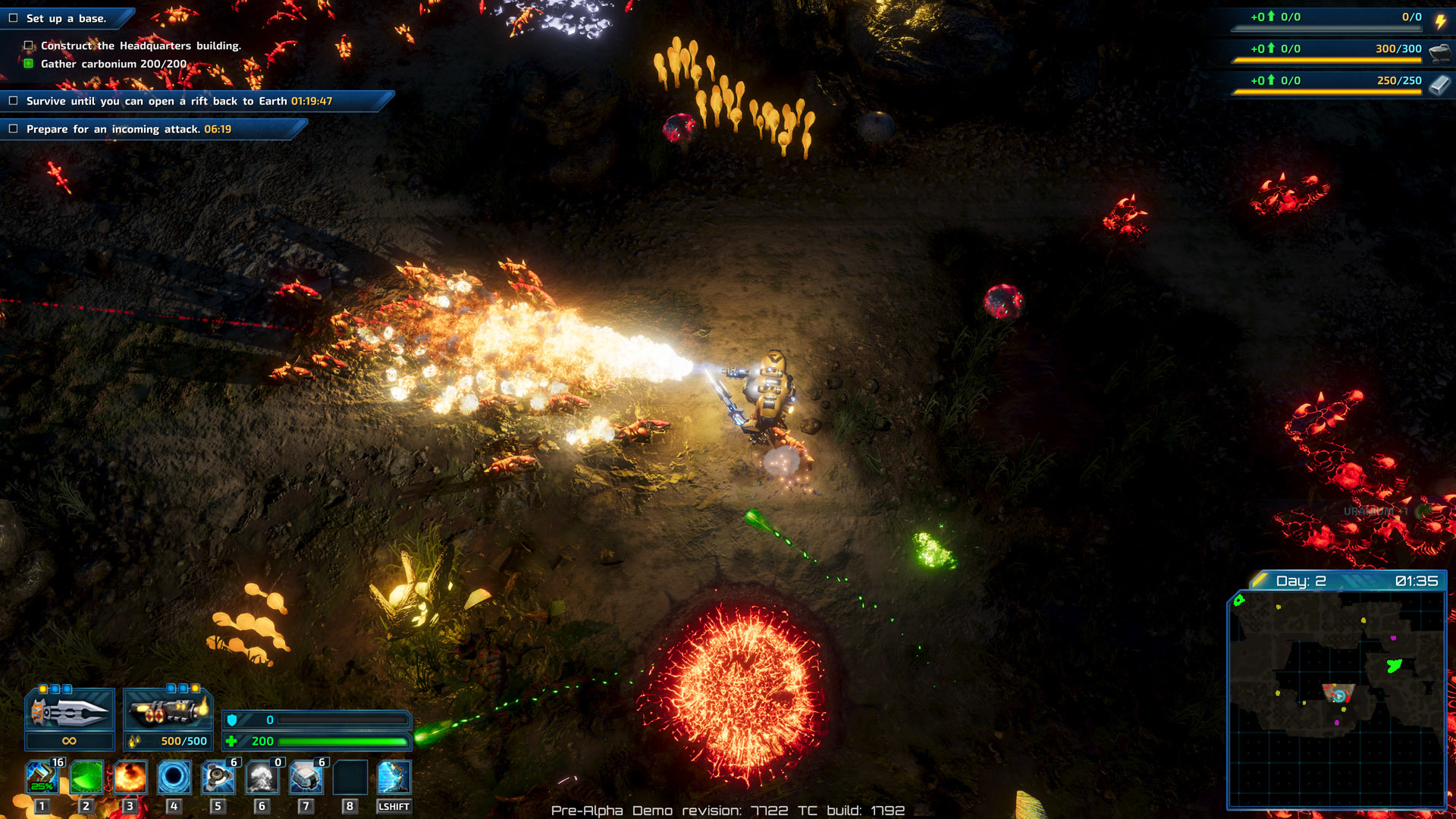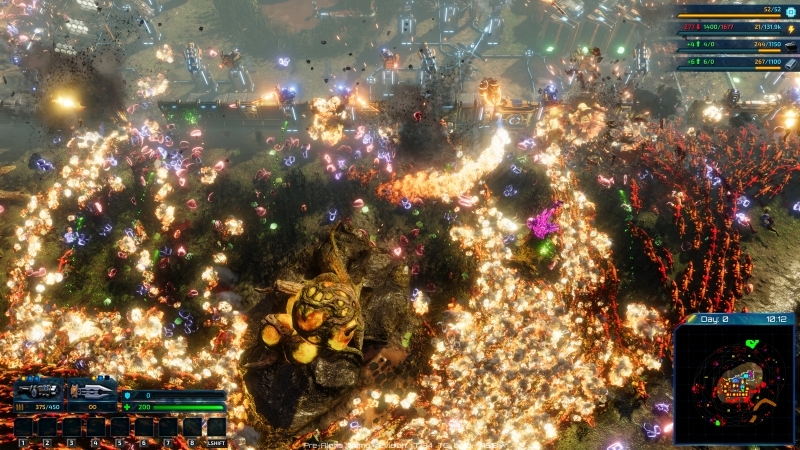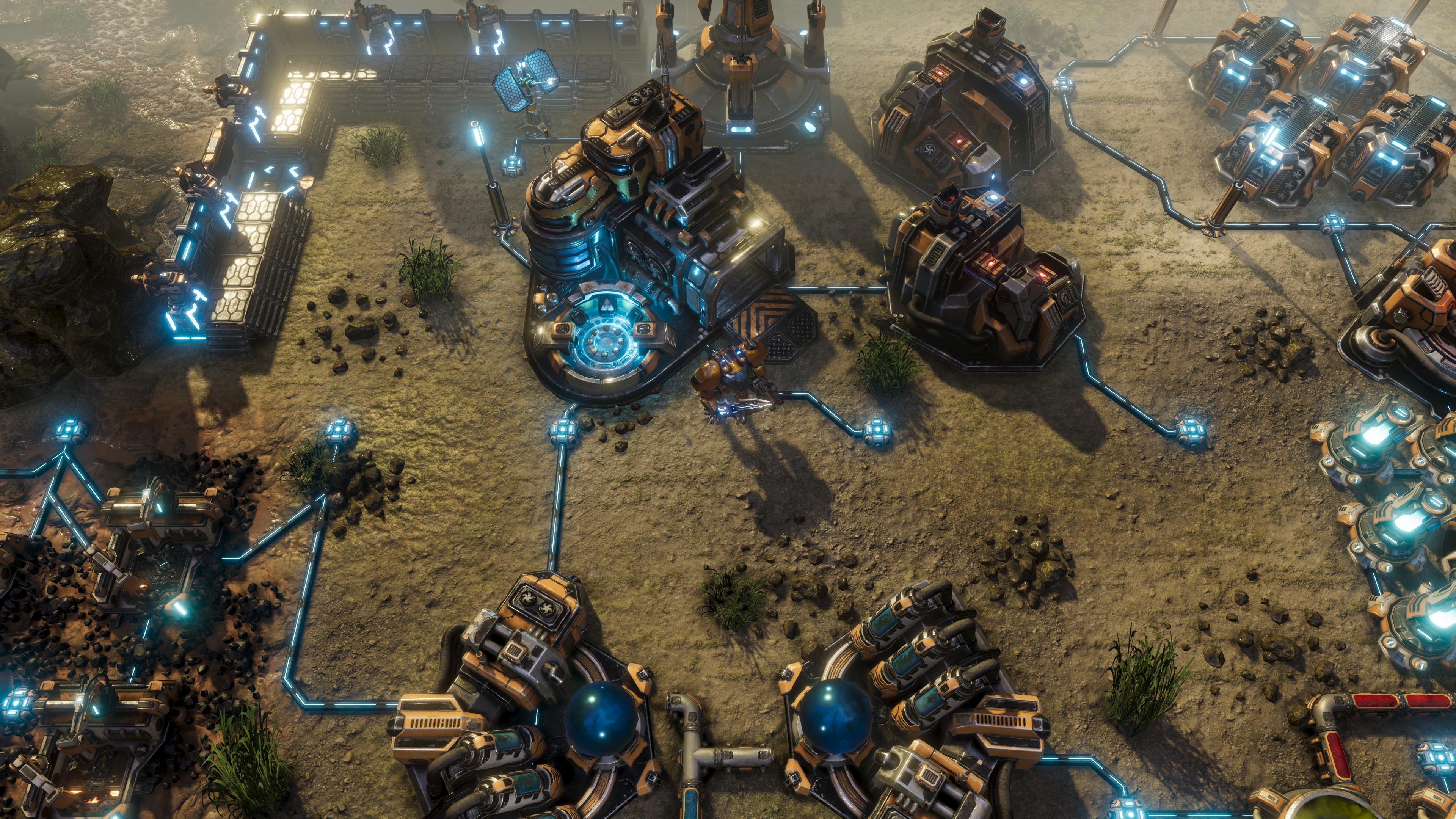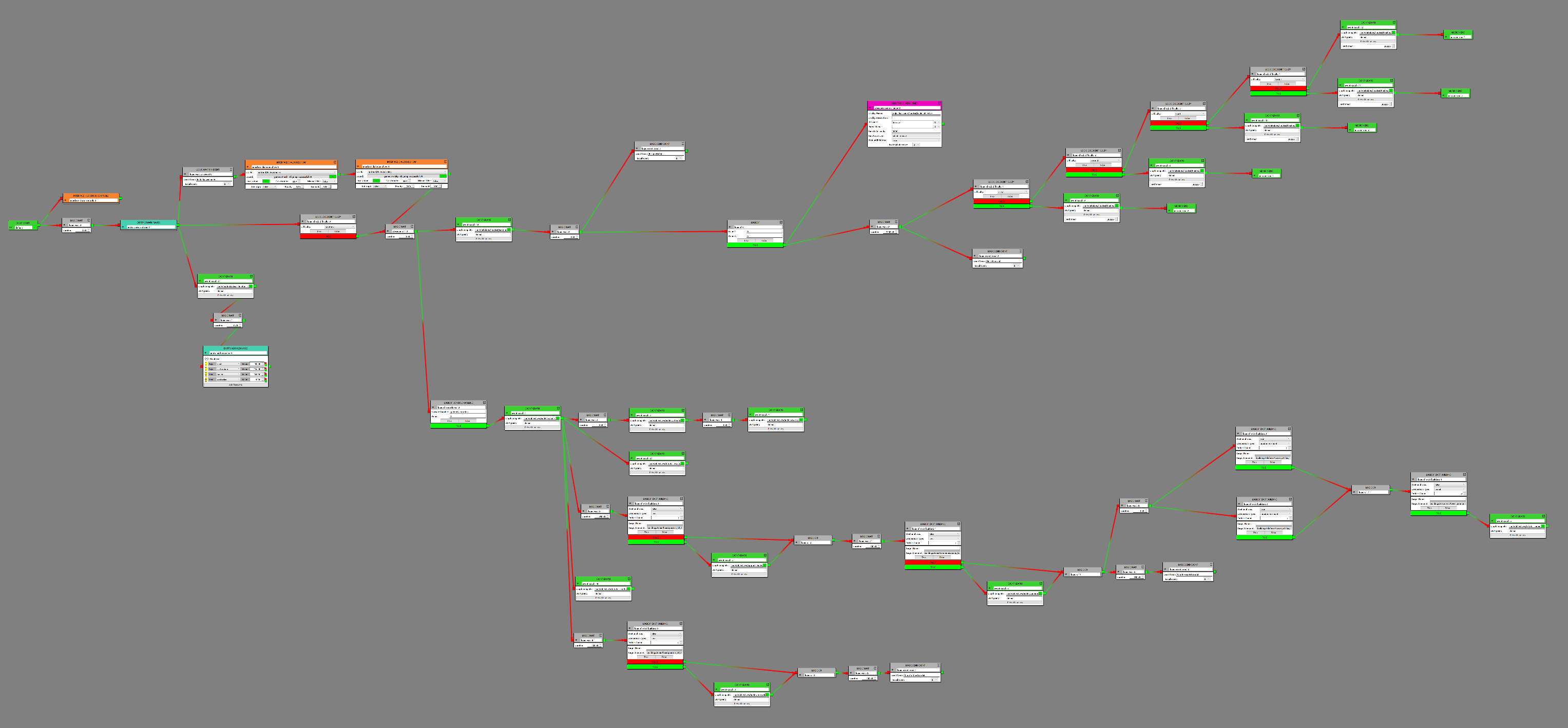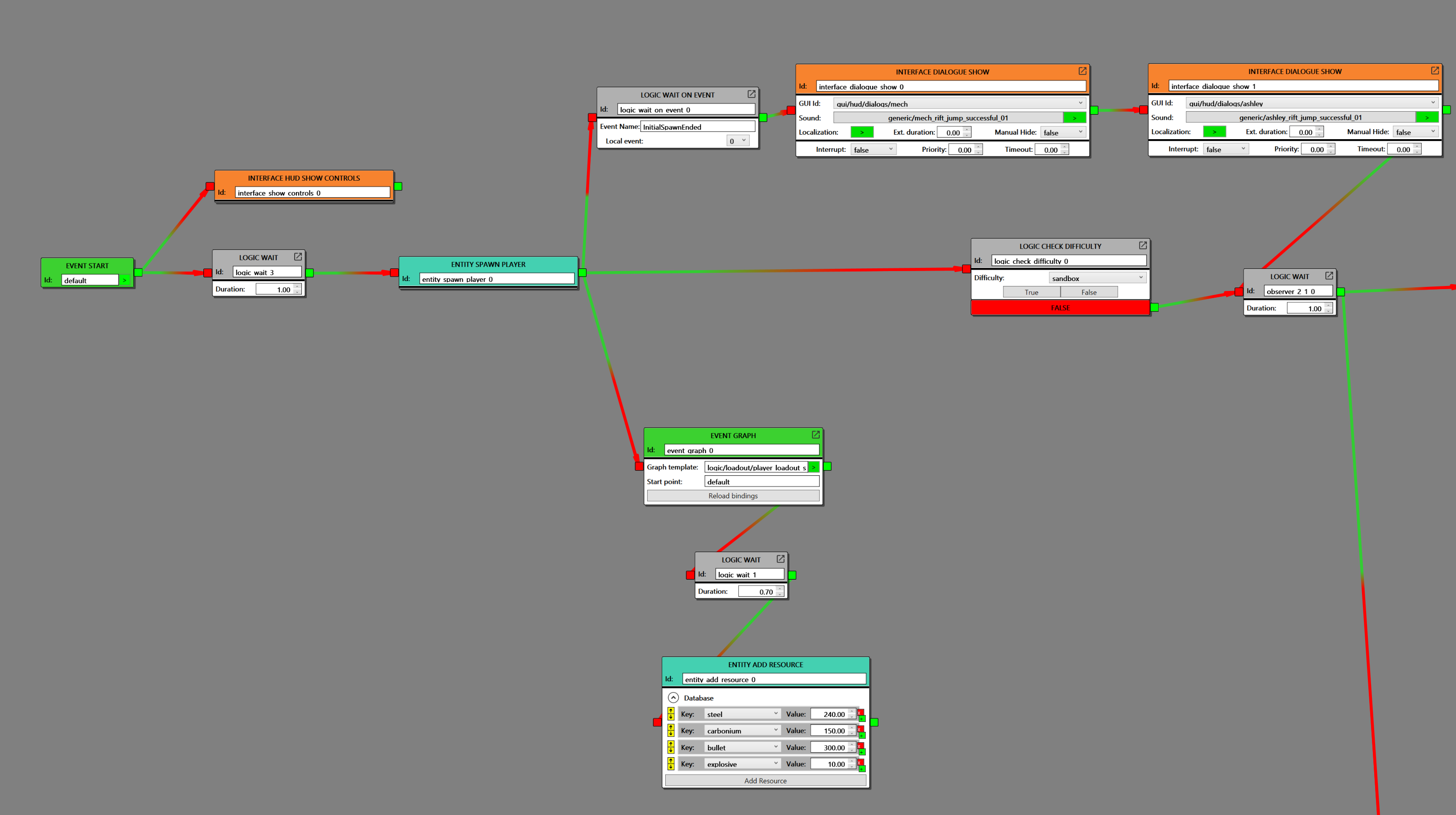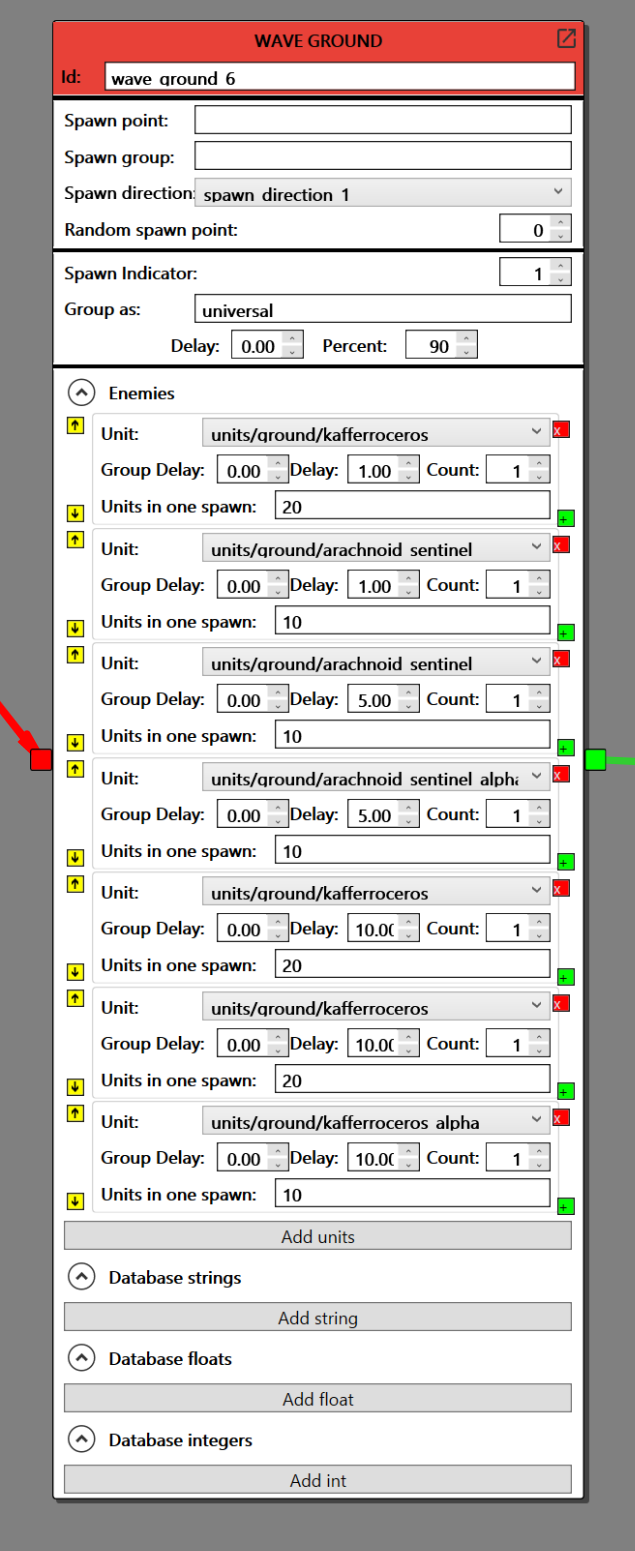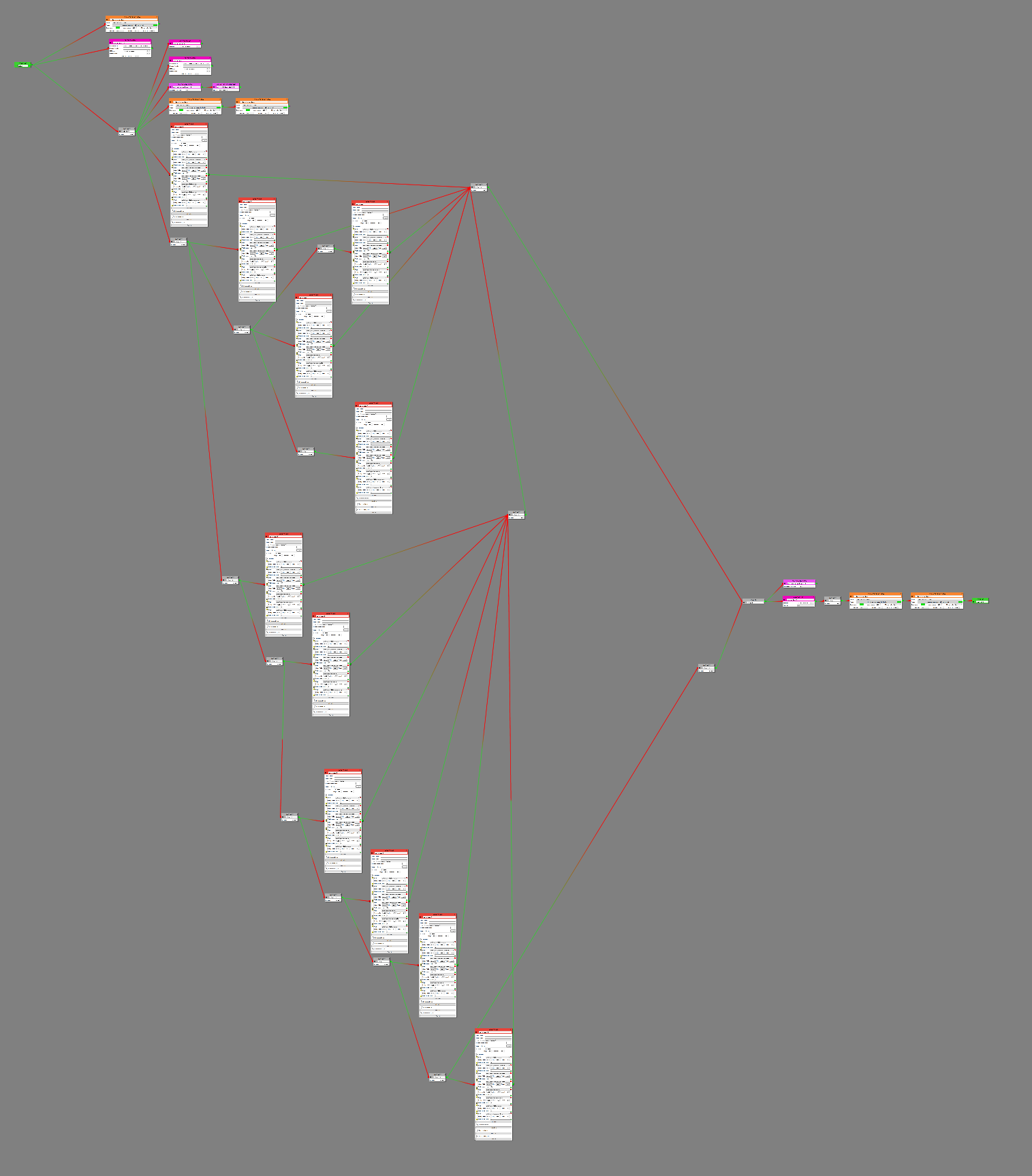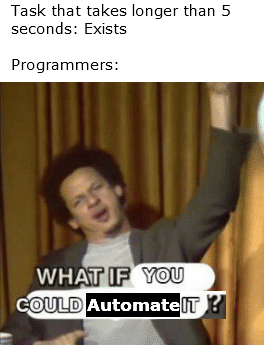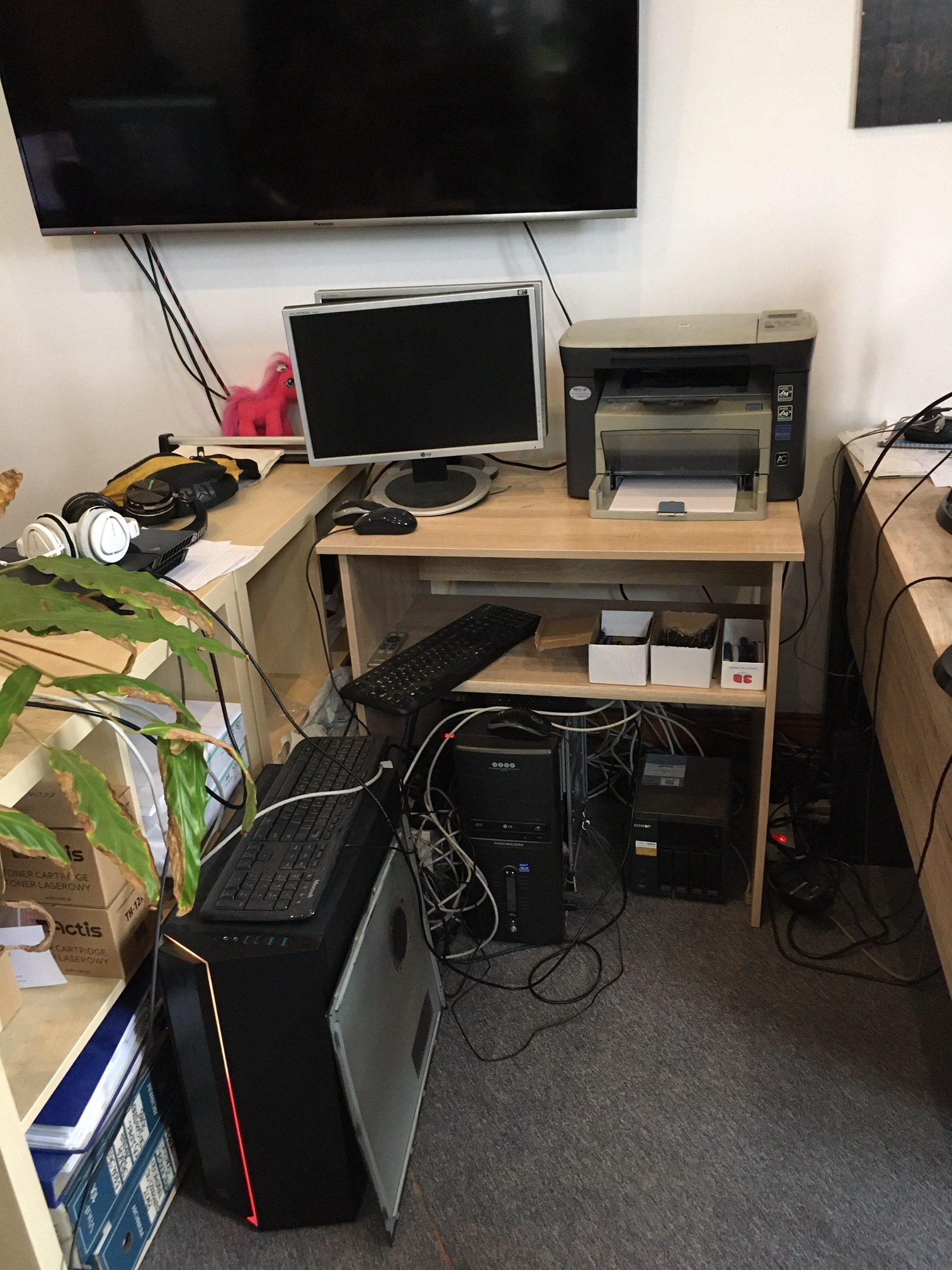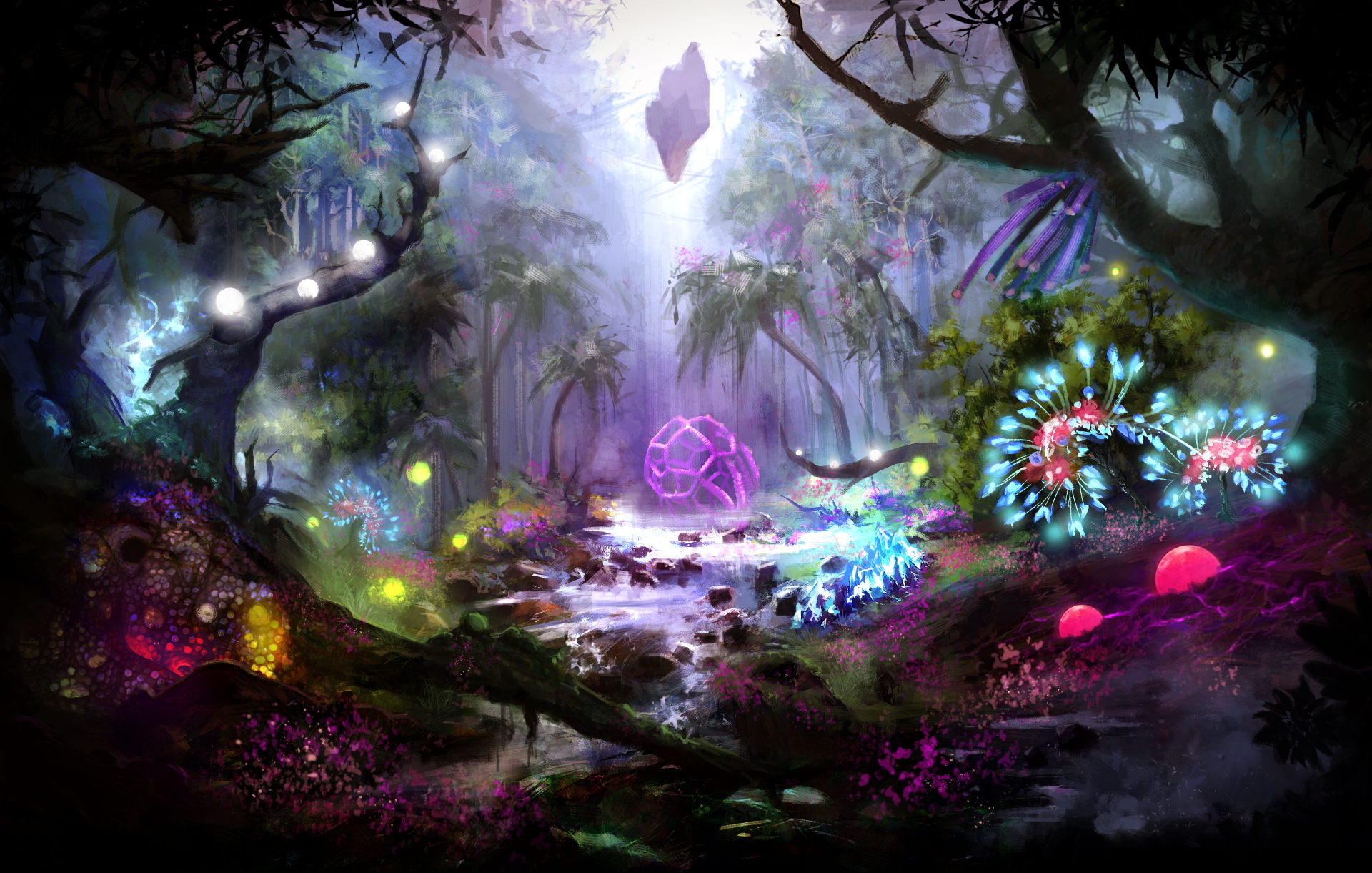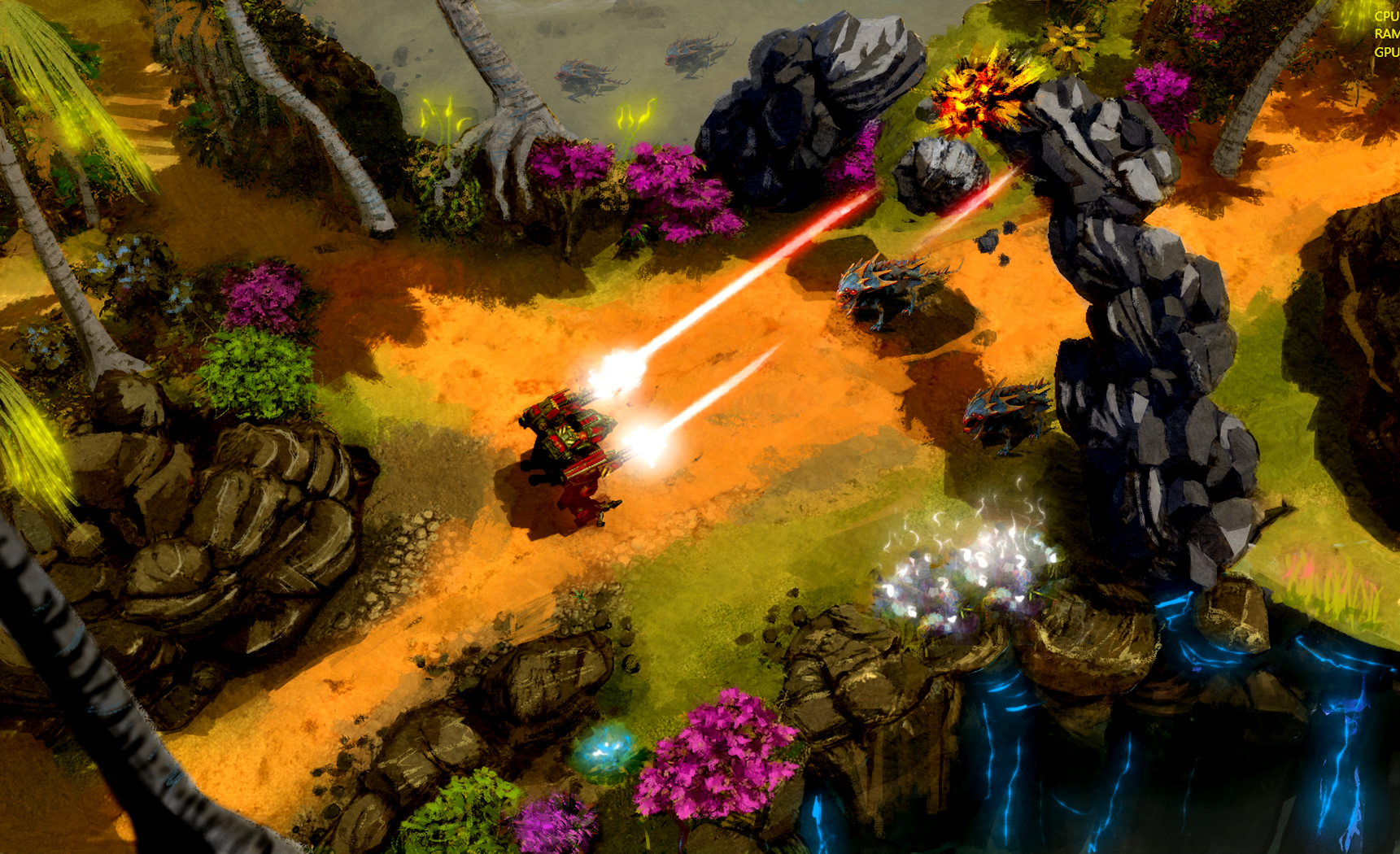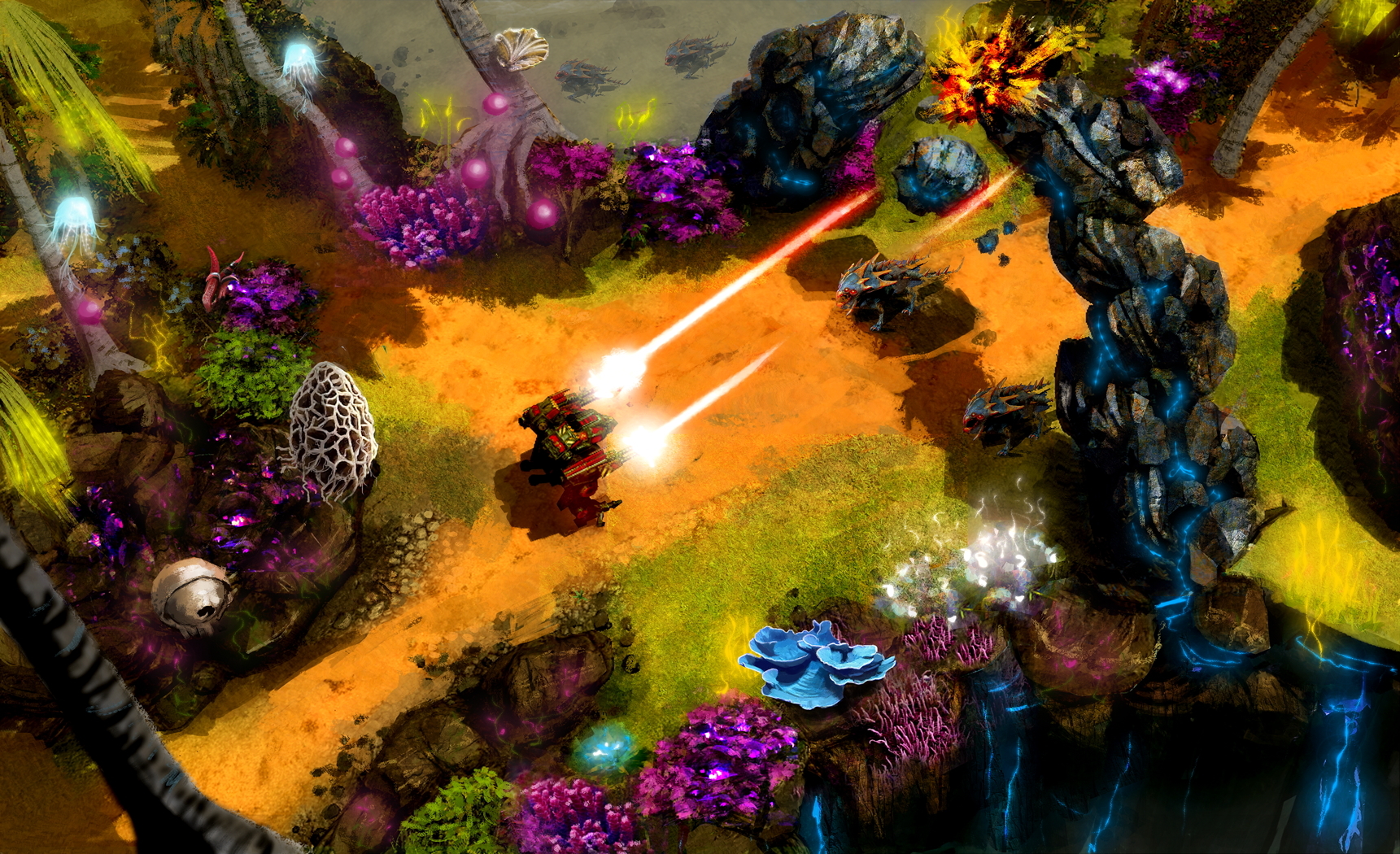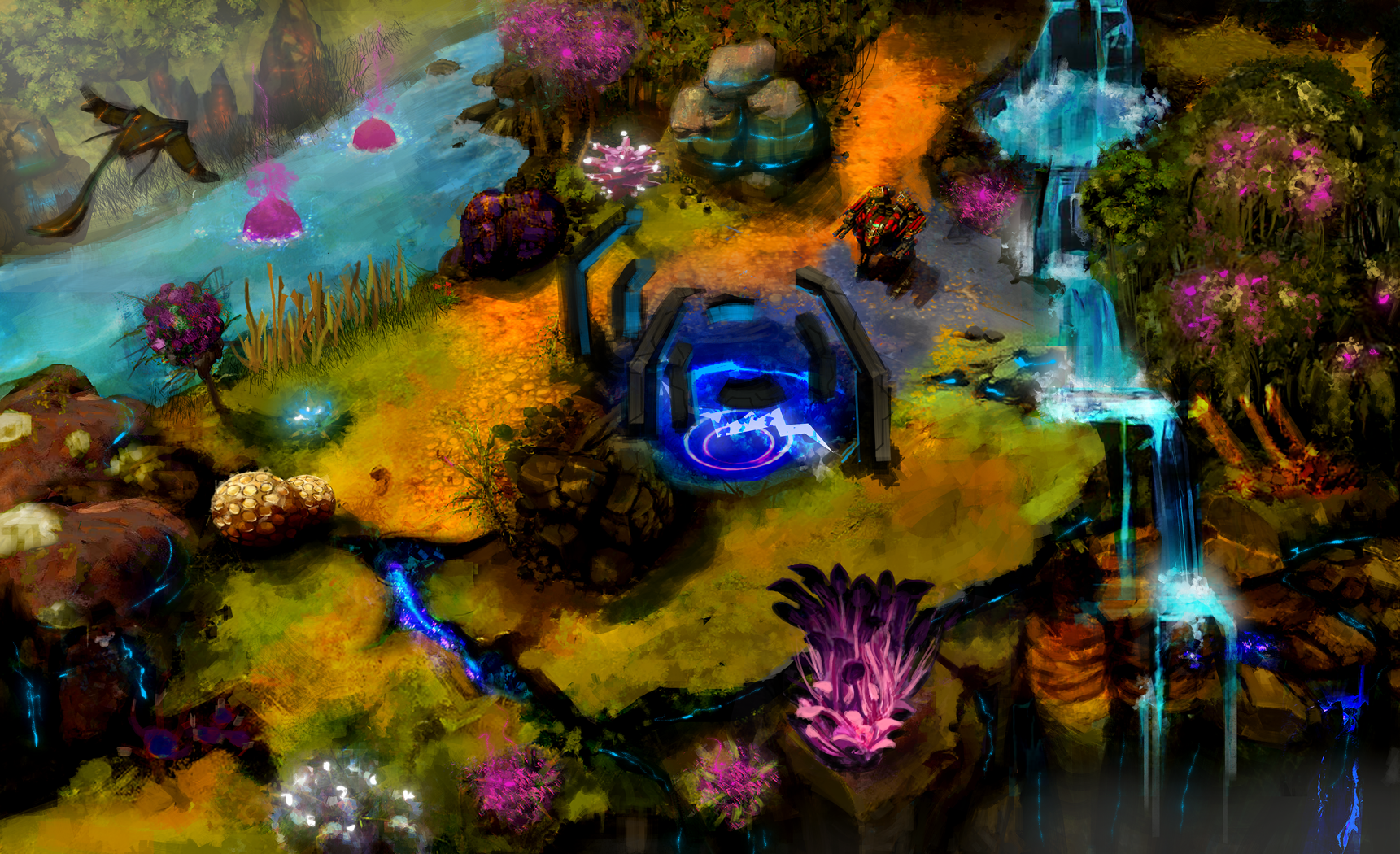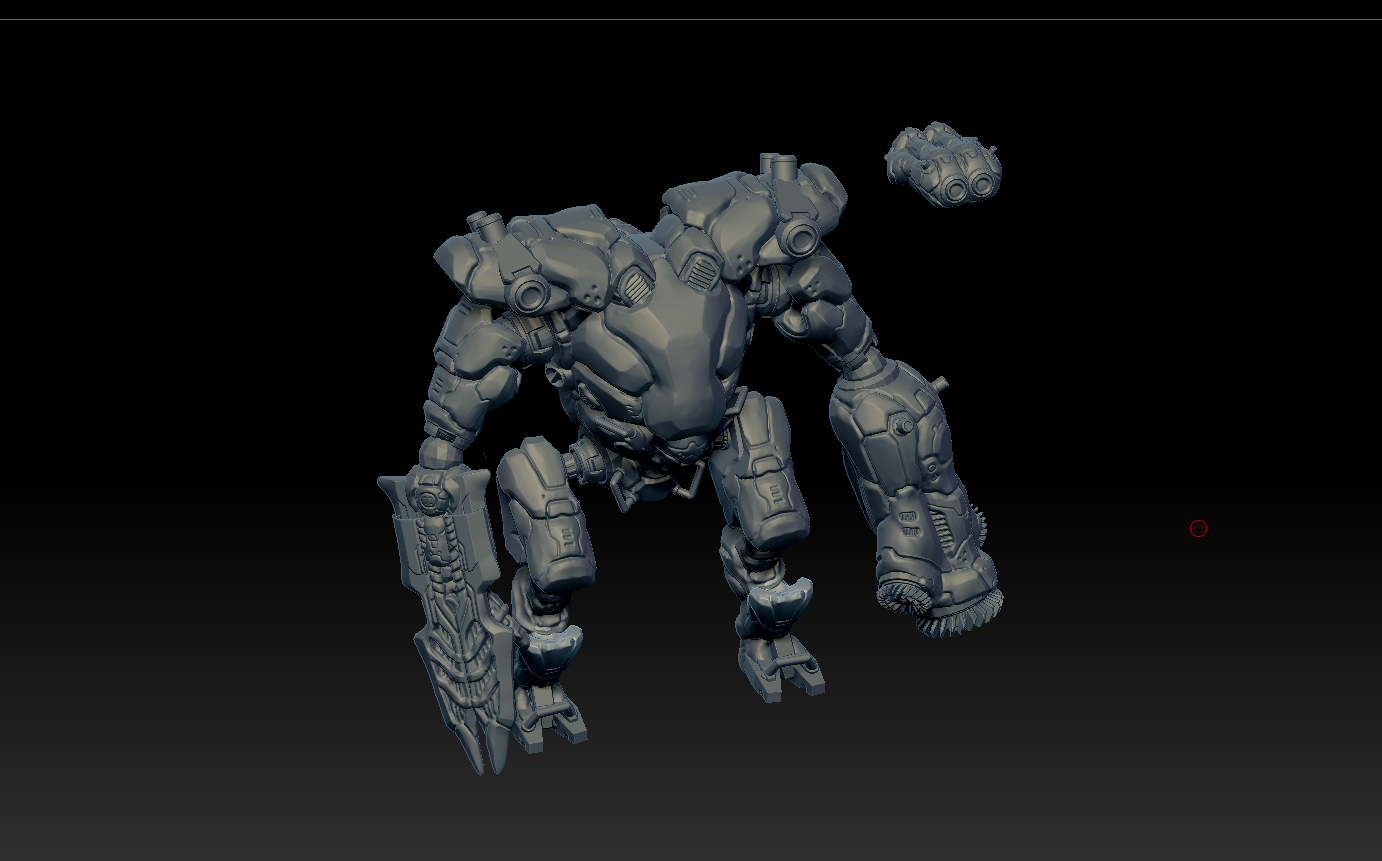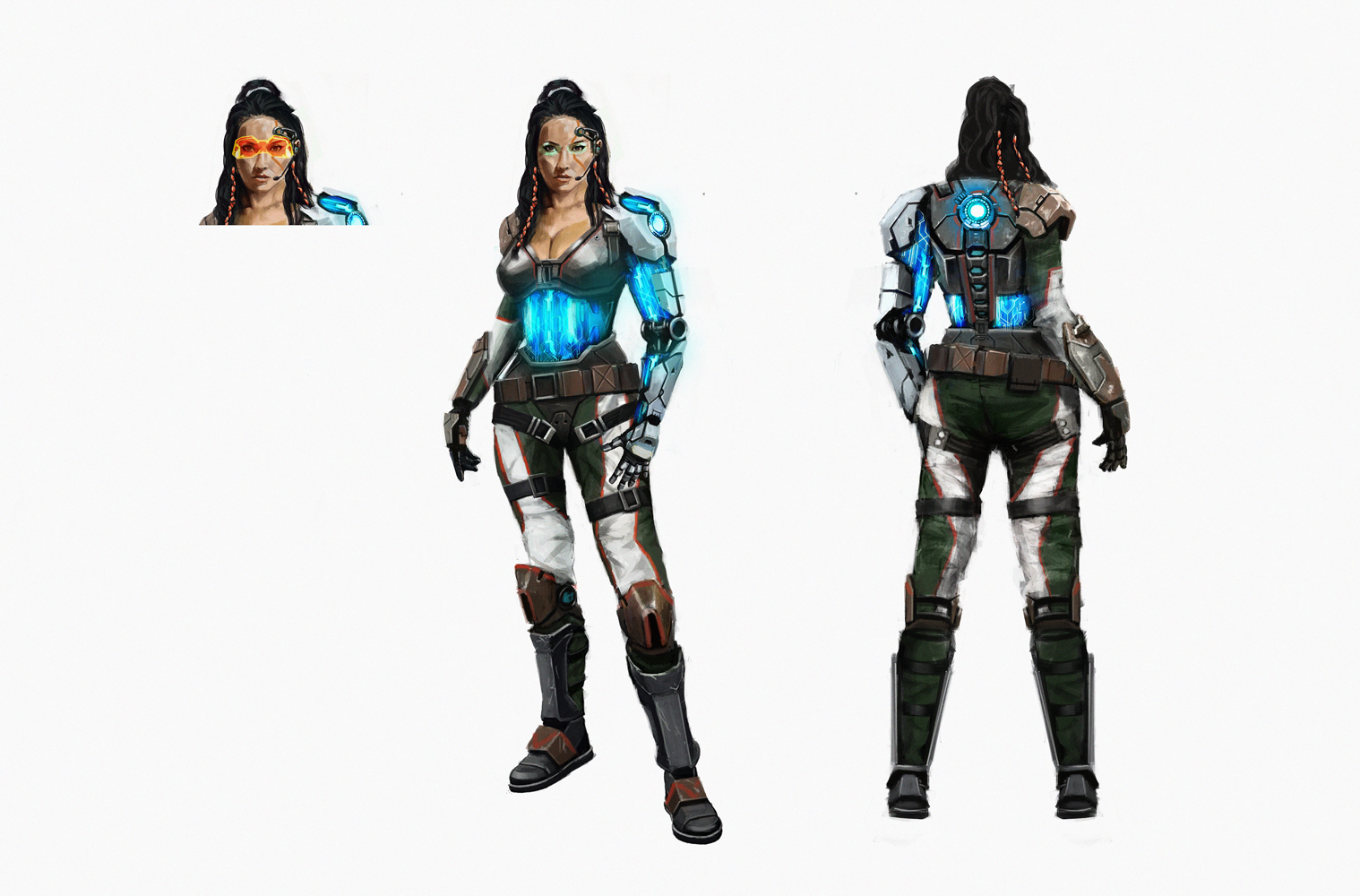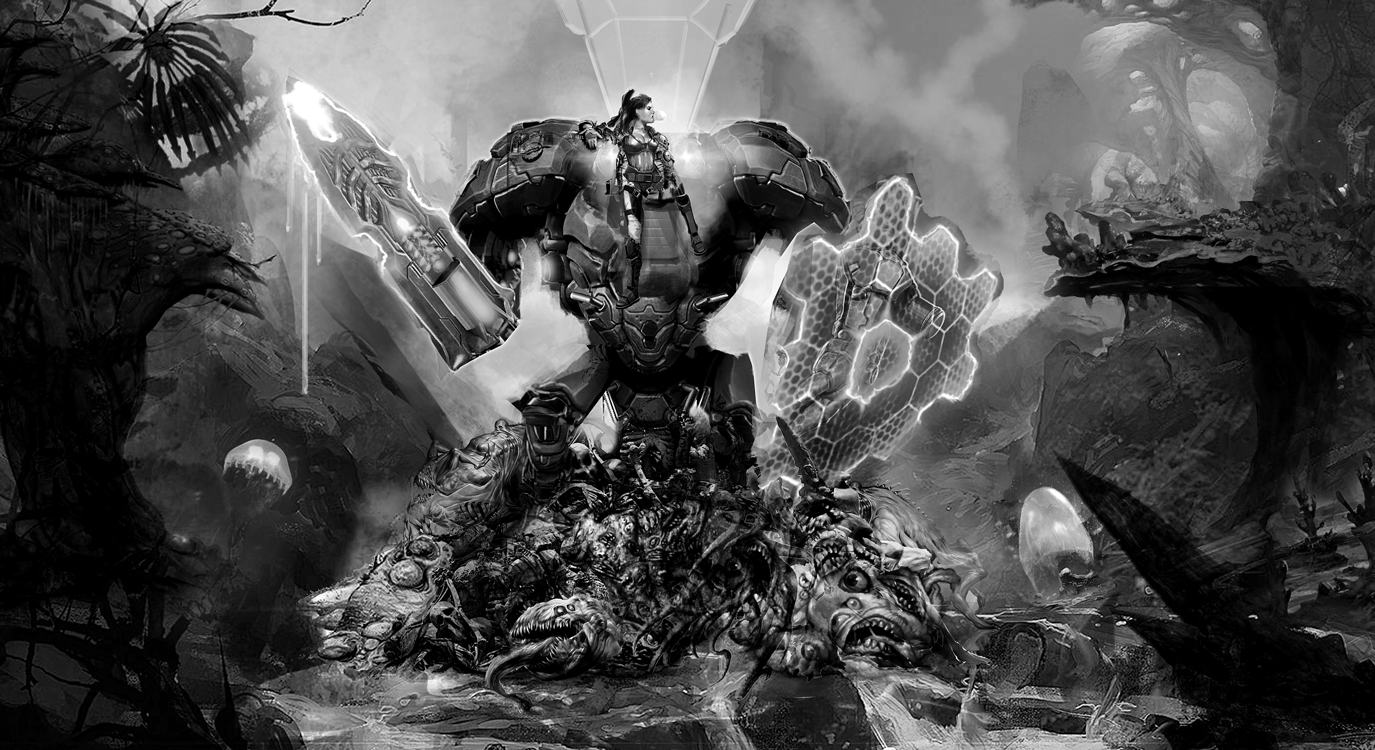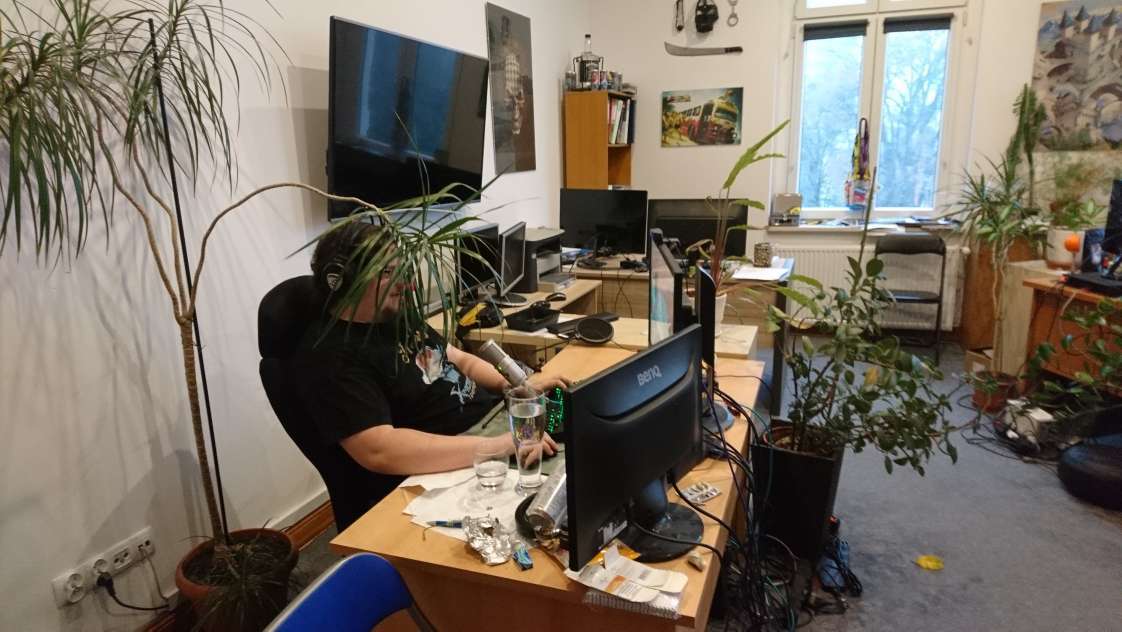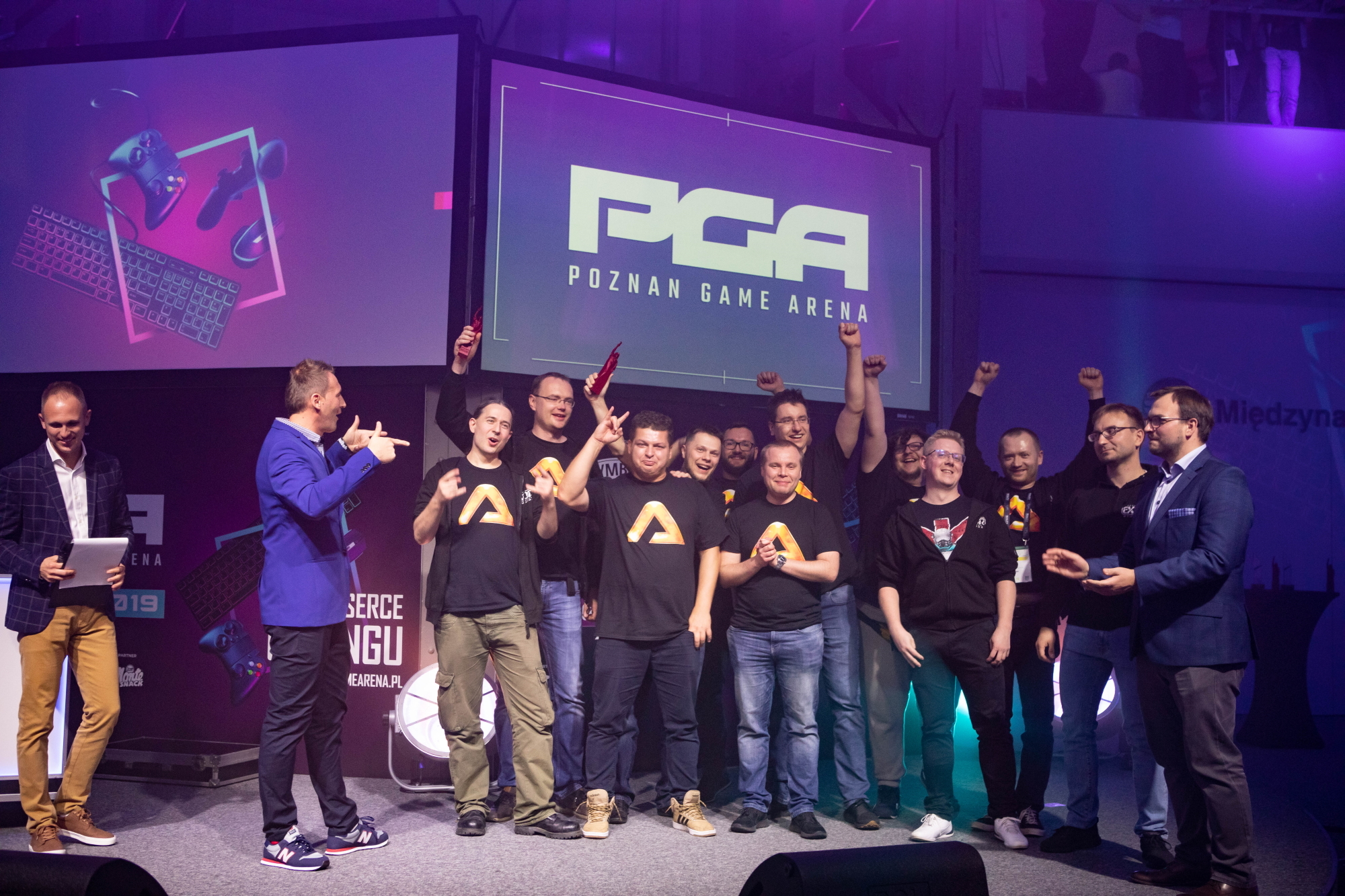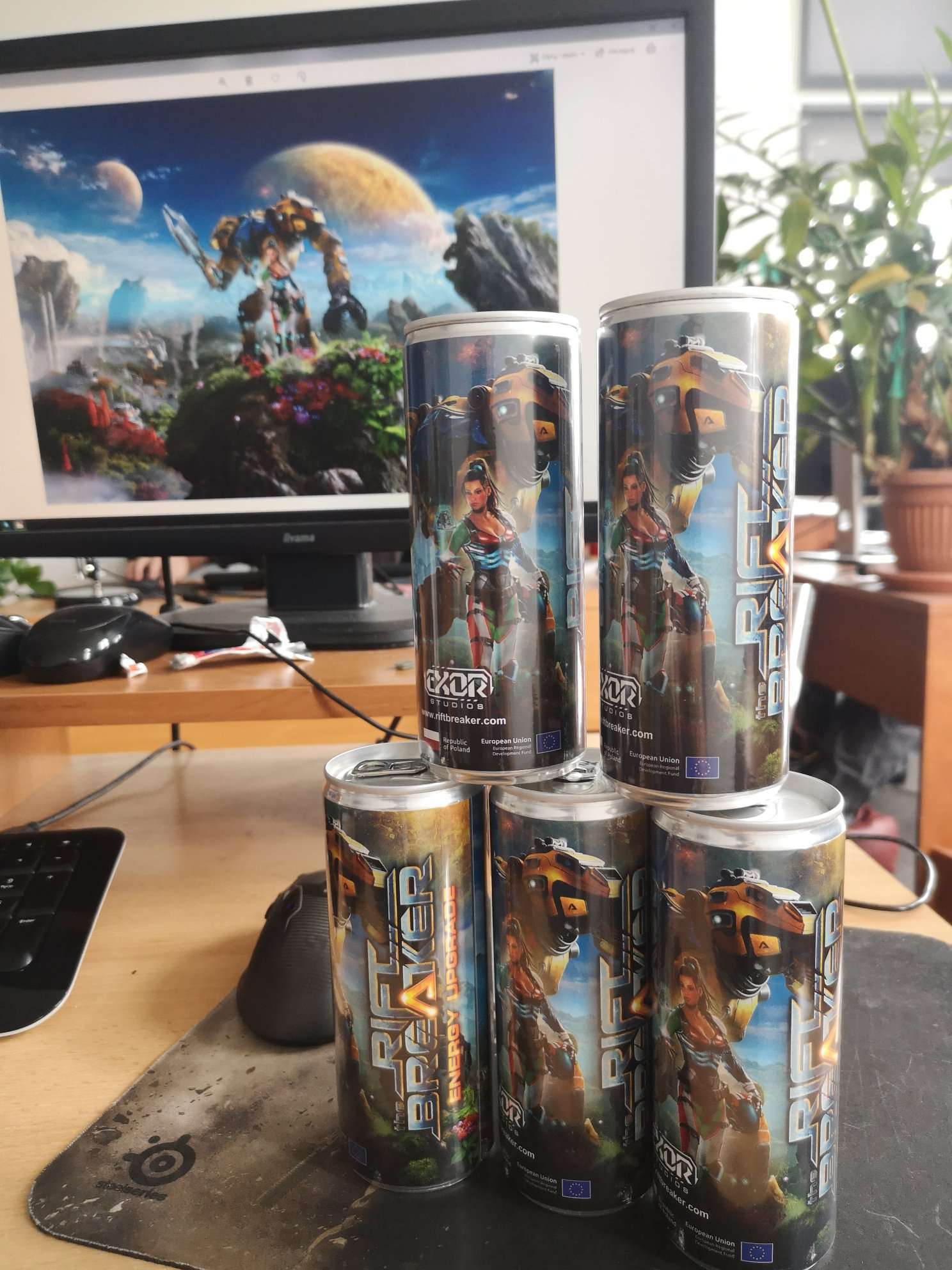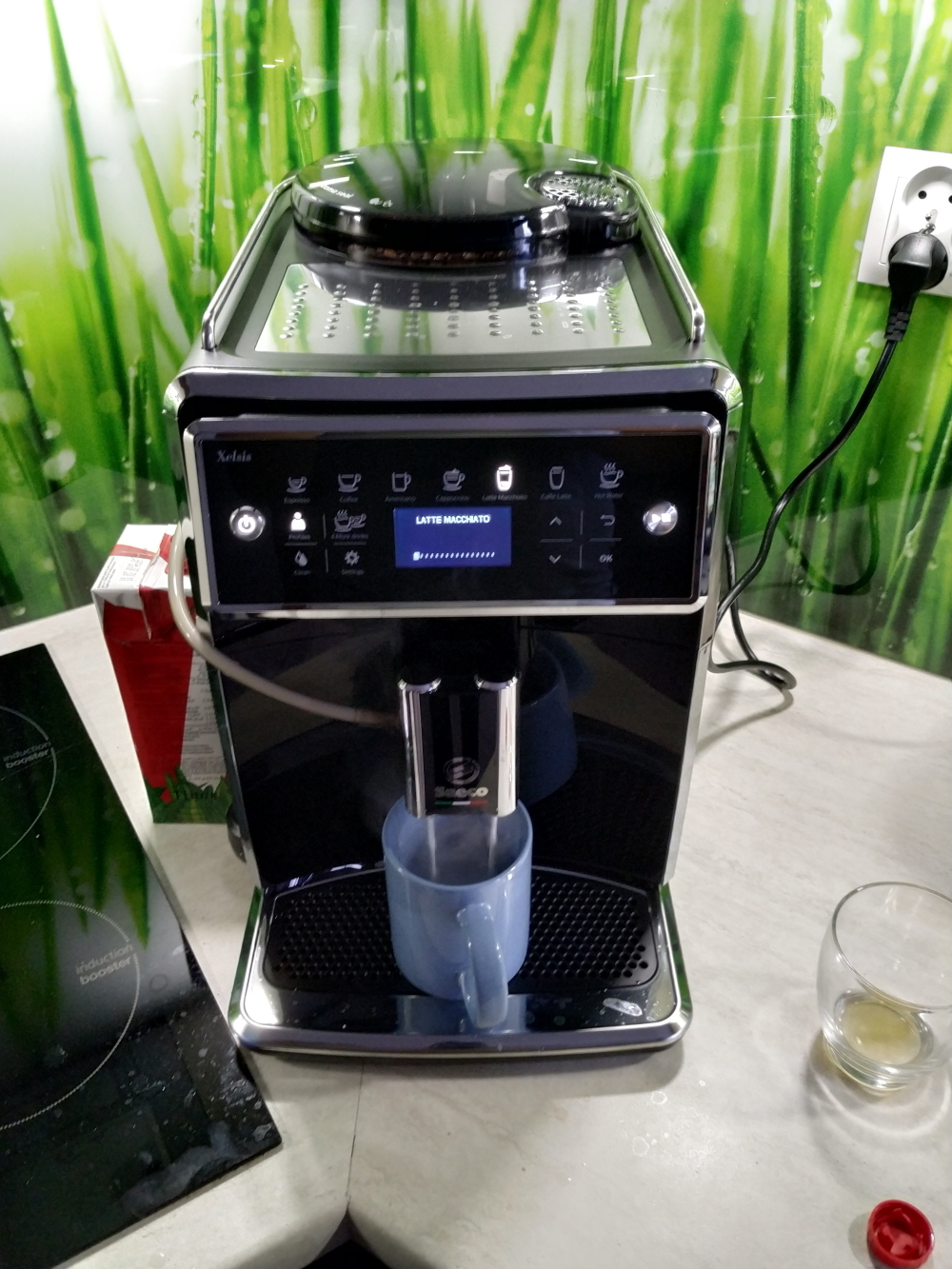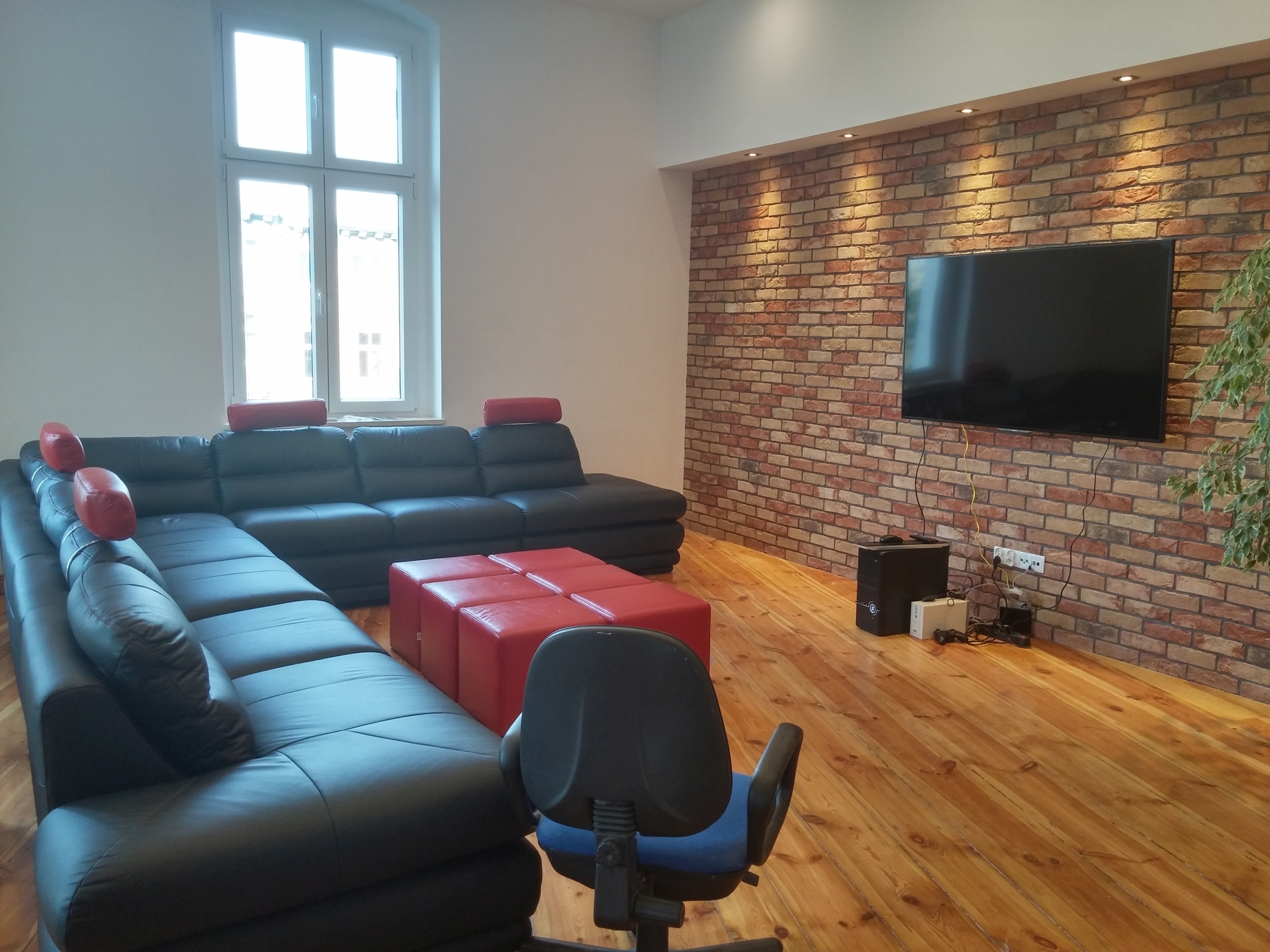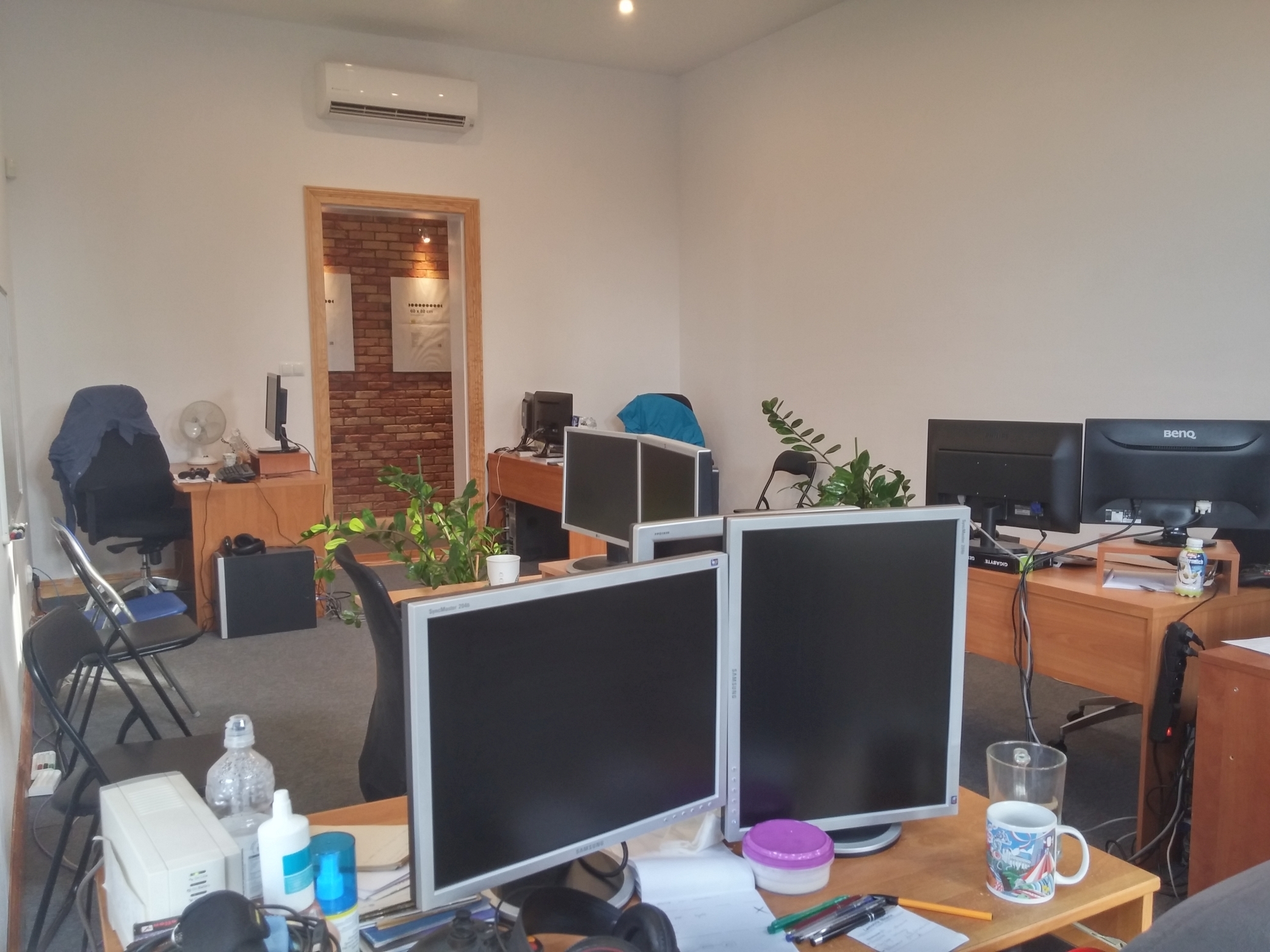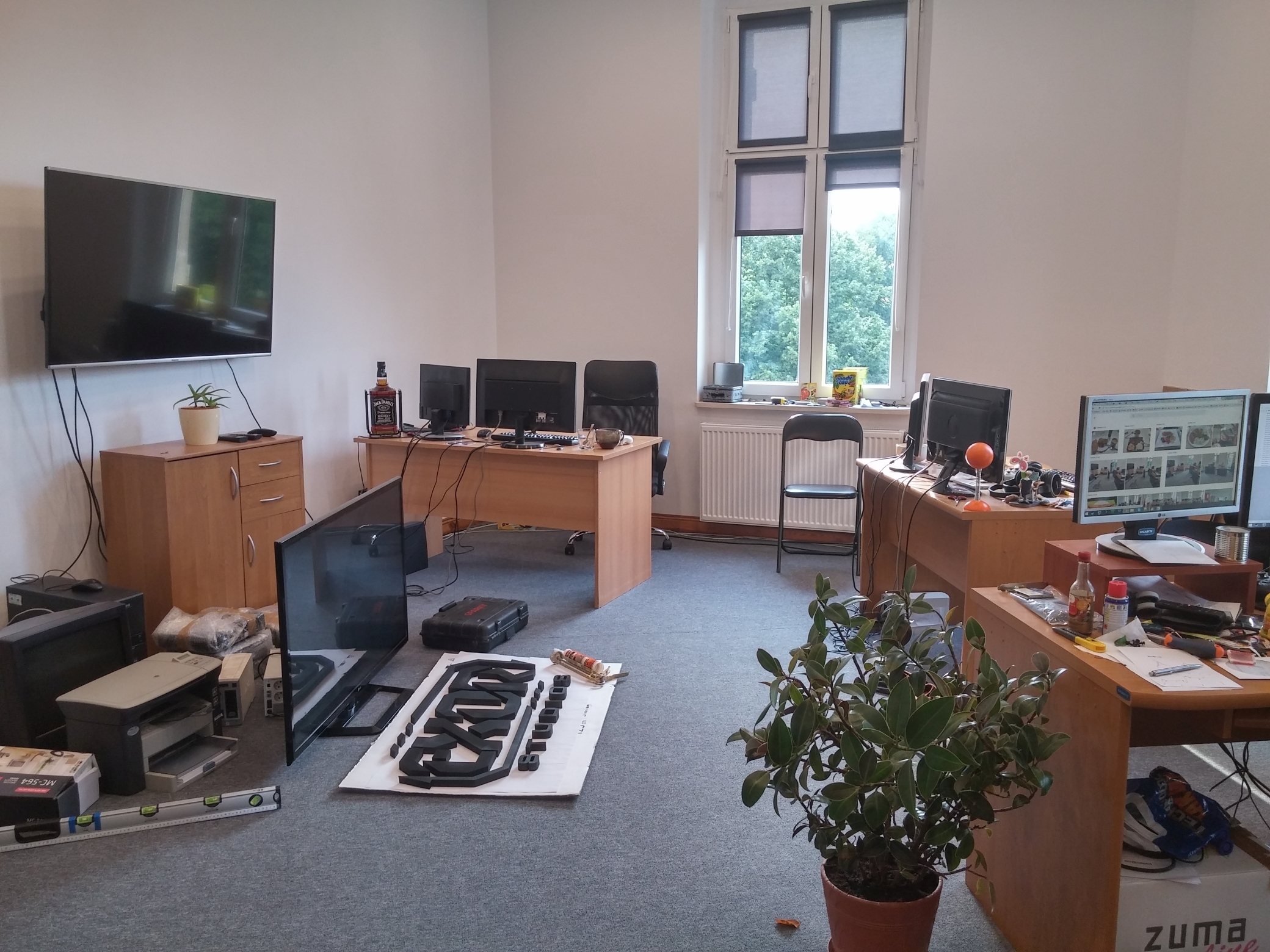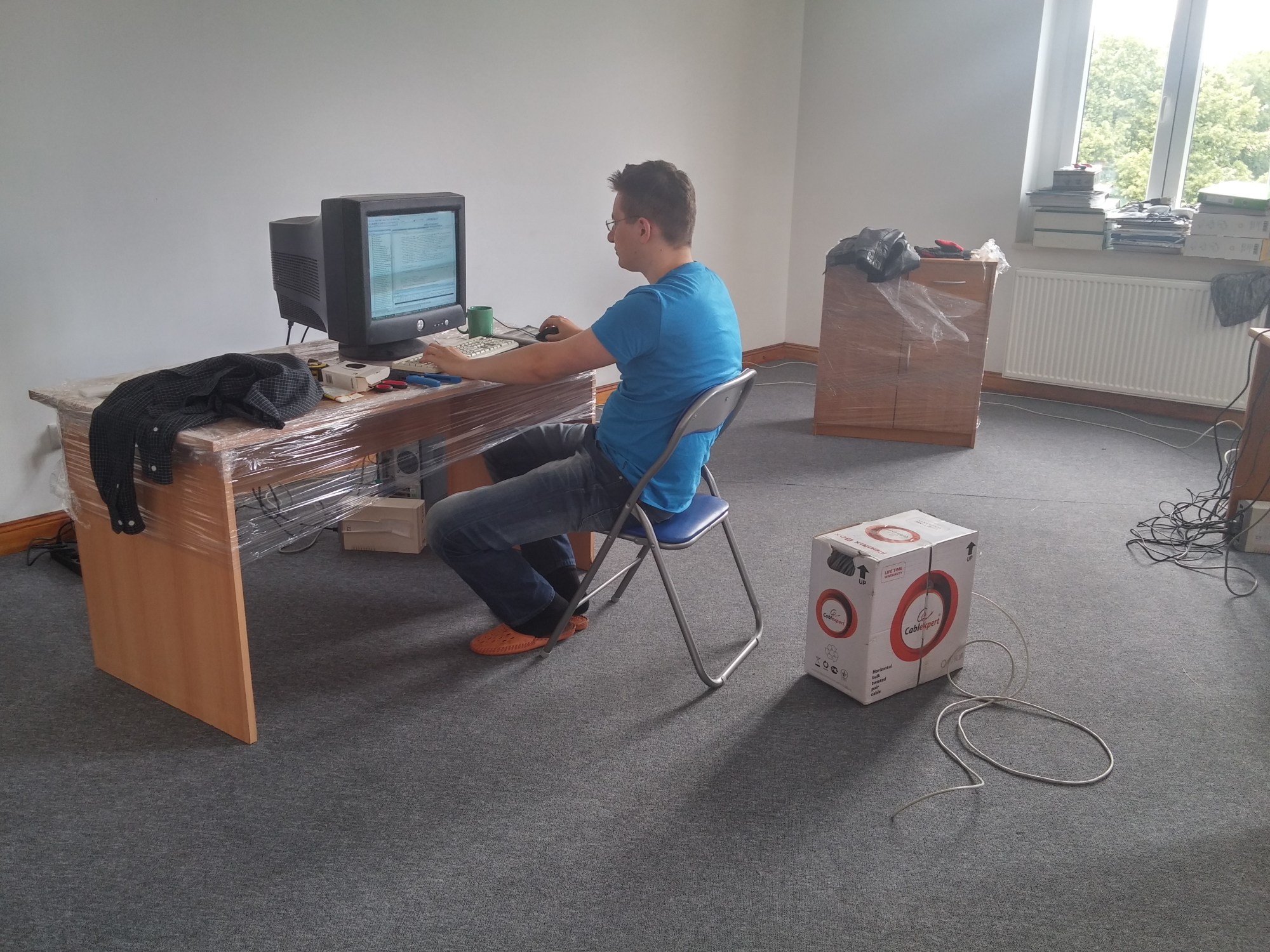
Feb 28, 2020
The Riftbreaker - voidreaver

Hey there!
We would like to thank you for all the feedback and the positive reception of The Riftbreaker. It’s great to see so many people joining us on our journey every day. Today, instead of our traditional Friday devlog, we would like to present to you an updated version of our official FAQ (Frequently Asked Questions). It has been updated with all the latest information available on the project.
If you happen to have any additional questions, leave a comment or catch us on Discord.
What kind of game is The Riftbreaker?
The Riftbreaker is a base building game with elements of action RPG, exploration and survival.
Is this similar to Factorio and They Are Billions?
A little bit. Both these games served as an inspiration for us, with a little bit of Diablo sprinkled in as well. The list of our inspirations is quite extensive.
What platforms will it be available on?
PC, Playstation and Xbox. Nintendo Switch is not planned at the moment, but it’s not out of the question.
Can I play using a gamepad/mouse/keyboard?
We designed the controls with both keyboard + mouse and gamepads in mind.
When will it be released?
Our current prediction is late 2020. This might change, of course.
Is the release date October 21st?
No. It’s been a running joke in our community because of what Voidreaver said on one of our streams. Here’s the clip - https://www.twitch.tv/exorstudios/clip/FunnyCreativeWolfDoggo
Is it free to play?
No. The Riftbreaker is a premium game, you’ll need to buy it in order to play.
Will it cost $60?
We don’t know the exact price but it will be lower than $60.

Is this Unity/Godot/Unreal?
None of the above. The Riftbreaker runs on our own engine called The Schmetterling.
...but why?
When we were starting out we couldn’t afford a good engine and the free tools were not as good as they are today. We decided to create our own tech and simply kept expanding on it.
How is it that your engine is called The Schmetterling, which is a German word, although you are a Polish studio?
There are two stories behind this. The first one is that it's 'lightweight, beautiful and fast' - just like a butterfly (Schmetterling is a butterfly in German). The second (and the true one) is that the lead programmer thought that the word sounds funny, and we decided to just roll with it.
What are the system requirements for the game?
We don’t have the exact specs yet, but we will do our best to optimize the game well and make it run smoothly on most PCs, not just the high-end ones.
Will there be microtransactions?
Definitely not. There might be DLCs offering additional content, but no microtransactions that allow you to gain an advantage in the game or progress more quickly.
Is there an alpha/beta I can join?
We are planning to launch an alpha test very soon. You can find the link to the application form on our Discord in the #faq channel.
Alpha keys when?
We don’t know exactly. We are planning to release closed Alpha keys in small batches over time. We are currently preparing crash and bug reporting tools for the game. This way you will be able to easily send us feedback, and we will solve your problems a lot faster. We are also finishing a large portion of new gameplay features that we’d like to be included in the nearest update.
Are there any keys out yet?
Yes, a select group of streamers and influencers received a chance to have an early first look at the game. A few people from our Discord community received access as well.
When I get access to Alpha, is the game mine to keep forever?
Unfortunately, no. The test keys will be deactivated before launch. We may decide to gift full game keys to the most active members of the closed testing phase.

Where can I see the unedited gameplay?
We stream from our office twice a week. Tuesdays at 3 PM CET we are live on Mixer. Thursdays, 3 PM CET - Twitch. Follow us to get notifications - www.mixer.com/exor_studios and www.twitch.tv/exorstudios - you can also watch VODs if you can’t watch us live.
Can I stream the game?
Of course! We even have special features to integrate the game with your Mixer/Twitch chat. Simply let us know about your channel in the Alpha application.
What game modes are there in the game?
We are planning a story campaign, a survival mode, and a sandbox mode.
Is there multiplayer?
Not at the moment. We are going to release the game with singleplayer only. After that, we will start working on online coop. We are a small team and need to set priorities - hope you understand. ;)
How long is the game going to be?
We don’t know the exact length of the Story Campaign. A typical Survival Mode run lasts about 60-120 minutes, and you can additionally tweak that number using the custom difficulty settings.
Can I pilot a different Mech?
No. Mr. Riggs is the only Mech in the game, but we are thinking about adding some customization options for you.
Can I change the character I play?
No. Ashley is the only playable character in The Riftbreaker.
Can I upgrade the Mech?
Yes! Researching new technologies and tools to equip Mr. Riggs with will be a major aspect of the game. You can expect a lot of options in that regard.

Can I travel to different planets?
No. The action of The Riftbreaker takes place on Galatea 37, a planet in the distant reaches of the Milky Way. Your task is to prepare it for human colonization, so it will be the only planet you see in the game. There will be plenty of places to visit, so do not worry.
Is there only one map we can play on?
No. The levels are procedurally generated, so each playthrough is going to be different.
Do you visit different places during the campaign?
Yes, the campaign will require you to discover and visit a lot of new biomes. They are treated as separate maps, though, and will be separated by loading screens.
Can we automate things or use drones?
Most of the basic operations, such as resource collection and ammo production do not require any action from the player. You just need to build factories and you’re set. We are also going to give you the option of using drones for some more advanced things.
Can I build an army of automated units to defend my base?
No. In The Riftbreaker you use a variety of defensive towers and Mr. Riggs himself to defeat your enemies. There is no option to build or control other units.
Will there be mods?
We are not going to obfuscate the game file structure at all, so you are free to tweak the parameters any way you want. We will give you access to most or all of our internal game development tools
If you can think of any additional questions we can add to this FAQ, let us know.
Visit us on our social media!
Other social media:
www.facebook.com/exorstudios
www.twitter.com/exorstudios
www.mixer.com/exor_studios
www.twitch.tv/exorstudios
www.youtube.com/exorstudios









